A corner of Long Xuyen ward. Photo: THANH CHINH
A province's strategy is the way to answer the most difficult questions: Which knots need to be untied, which path to take to break through and what are we willing to leave behind to focus on the most important thing. For An Giang, the biggest knot at present is that the economic structure is still heavily based on raw agriculture, low added value, and industry and services have not yet taken off in time. In addition, there are challenges of climate change, landslides, saltwater intrusion; fierce competition from Thailand and Cambodia; and the situation of labor moving out of the province. But it is also in the midst of difficulties that opportunities open up: An Giang has borders, seas, the source of the Mekong River, Phu Quoc - Ha Tien as an international gateway, a treasure trove of multi-ethnic culture and the attention of the Central Government.
From that assessment, the strategic choice must be decisive. One vision is a unity of will: One An Giang - One vision - One belief in victory. There cannot be momentum when the internal situation is still fragmented, when the government, businesses, and people do not truly share the same aspirations. The two connecting axes are along Long Xuyen - Rach Gia - Ha Tien and across Chau Doc - Can Tho - Soc Trang . This is a vital choice to open the door to connect the region to the sea, and horizontally to connect to the world.
In the three key areas, the first must be building a clean and strong Party and political system, because without an honest apparatus, all plans will just stop at slogans. Fast and sustainable economy is the second spearhead, with new but inevitable concepts: Green economy, digital economy, circular economy. The third spearhead is culture - people - national defense, so that each economic step does not stray from ethics and security. This is a trade-off choice, instead of spreading out to chase quantitative growth, An Giang must accept going slowly in some areas to focus on long-term values.
The four main pillars are the foundation: Science, technology and digital transformation; dynamic private economy; transparent institutions, effective governance and regional-international linkages. Unable to do everything alone, An Giang is forced to rely on strategic enterprises, regional cooperation and investment capital flows. It is the sobriety of knowing where one is strong and where one is weak.
Five dynamic regions are clearly identified: Rach Gia is the administrative and economic center of the sea; Phu Quoc is a special zone of international tourism and trade; Long Xuyen is the capital of high-tech agricultural processing; Chau Doc is the center of spiritual tourism and border trade; Ha Tien is the gateway for trade and sea tourism. Focusing investment on these five areas means accepting trade-offs and limiting dispersion to less widespread areas.
All are specified in 6 key programs: Review and complete planning; develop the Long Xuyen quadrangle, Phu Quoc and border gate economy; build transport infrastructure, especially the Chau Doc - Can Tho - Soc Trang expressway; attract strategic private enterprises; develop high-quality human resources; attract investment in high-tech agricultural and aquatic product processing. This is a cluster of actions large enough, specific enough to measure, capable of creating structural changes.
A strong strategy is one that dares to make trade-offs. An Giang cannot simultaneously pursue agricultural output while embracing heavy industry ambitions and expanding into all service sectors. Choosing “agriculture - processing - tourism - border trade - sea and islands” as the main axis means accepting to abandon less effective directions to concentrate on strengths. That is the courage of a true strategy.
In the context of climate change, global competition and digital transformation, An Giang no longer has the option of “going slowly”. The 2025-2030 term is a pivotal time, either to break through or fall behind. The strategy of numbers “1 - 2 - 3 - 4 - 5 - 6” is therefore a clear map of action. More importantly, it represents a new spirit: Know where you are, dare to choose which path, and be determined to turn your choice into results.
An An Giang with one mind, one unified vision, two open infrastructure axes, three key areas, four sustainable pillars, five dynamic regions, six key programs is a complete development strategy. That strategy, if implemented consistently and transparently, will turn An Giang from a “rice granary” to a “value center” of the Mekong Delta, contributing to the whole country not only food but also a model of green, sustainable and integrated development in the new era.
VIET TIEN
Source: https://baoangiang.com.vn/an-giang-de-ra-khung-chien-luoc-so-de-but-pha-a462936.html


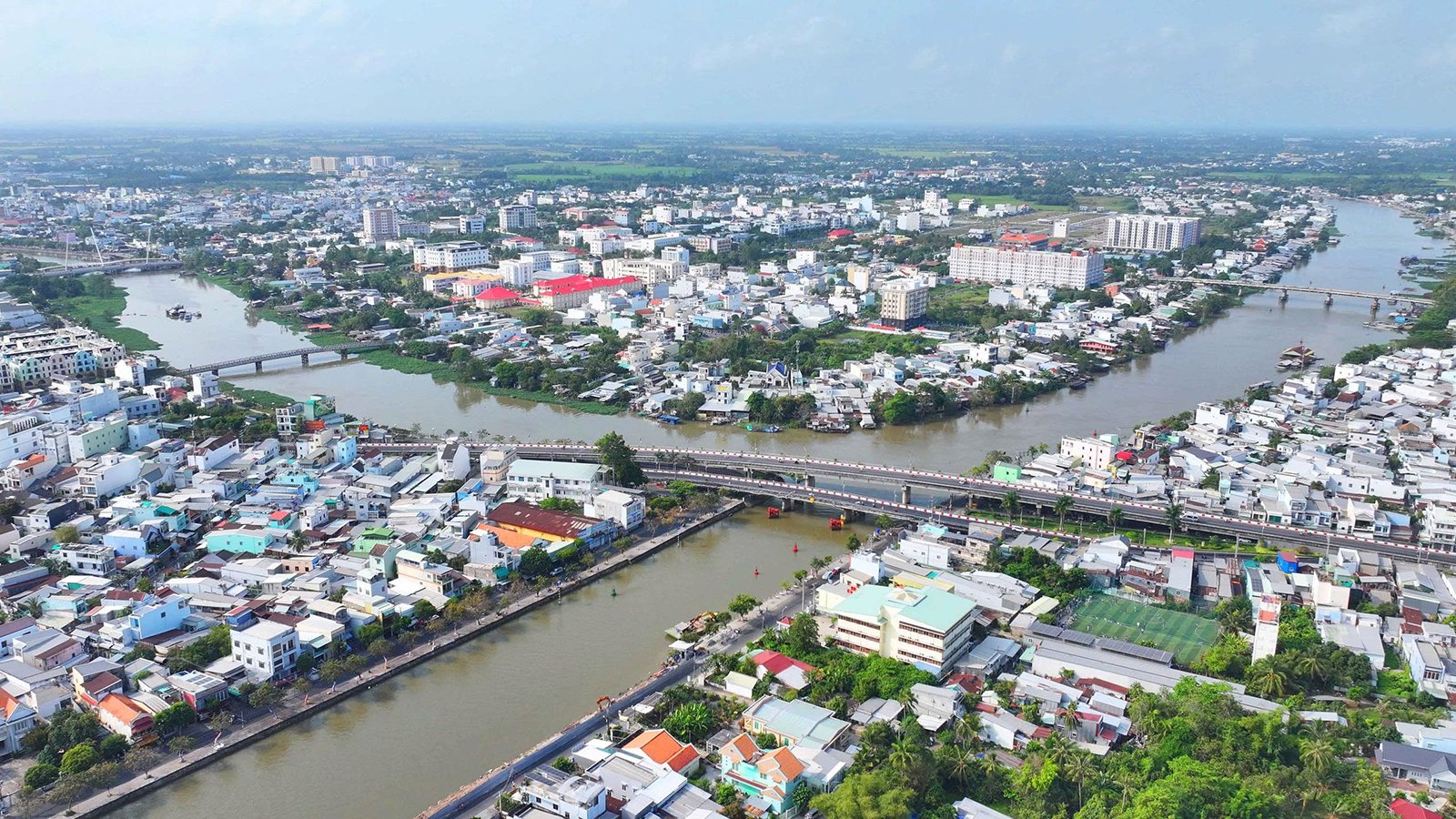

![[Photo] Binh Trieu 1 Bridge has been completed, raised by 1.1m, and will open to traffic at the end of November.](https://vphoto.vietnam.vn/thumb/1200x675/vietnam/resource/IMAGE/2025/10/2/a6549e2a3b5848a1ba76a1ded6141fae)





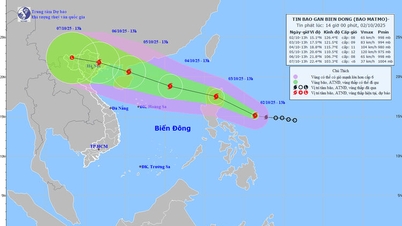
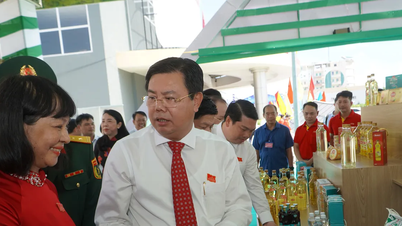

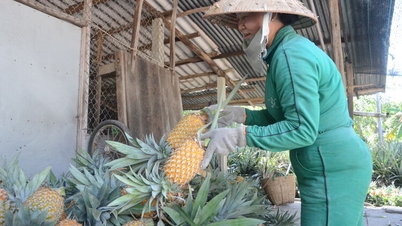
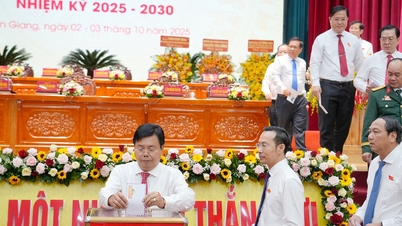

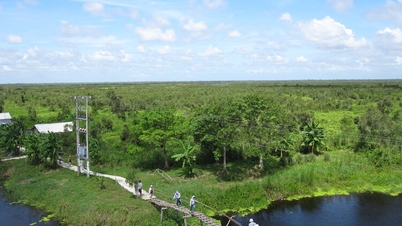







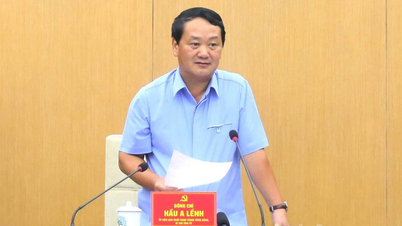
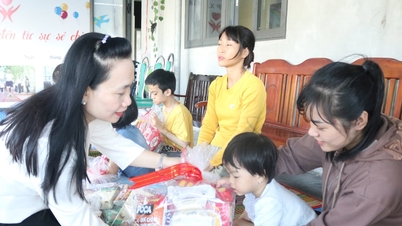






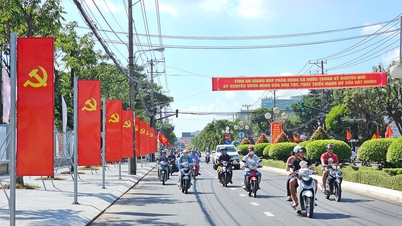
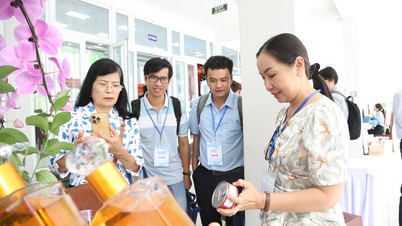

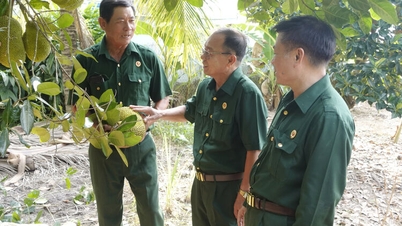
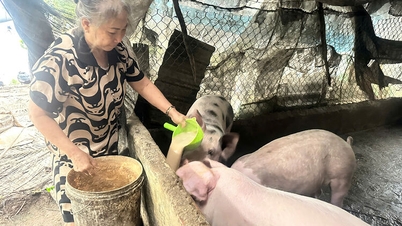

































































Comment (0)